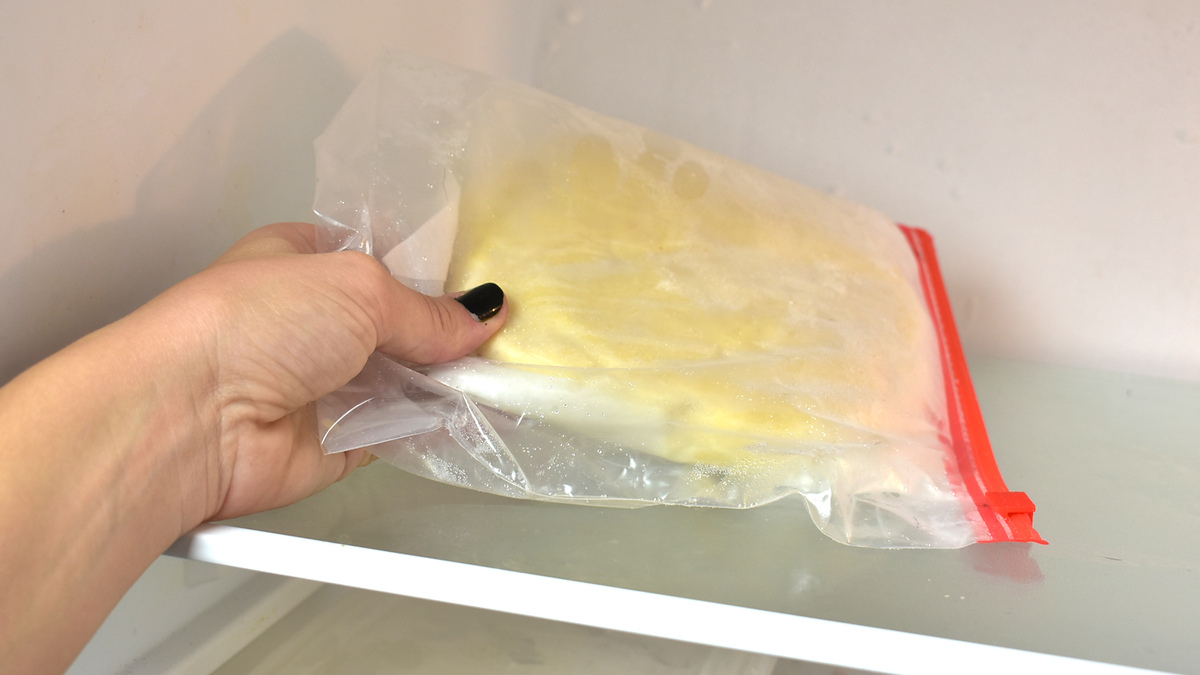

Articles
How To Store Dough
Modified: February 23, 2024
Learn how to store dough properly to keep it fresh and ready for baking with our helpful articles. Discover the best techniques and tips to ensure your dough stays in perfect condition.
(Many of the links in this article redirect to a specific reviewed product. Your purchase of these products through affiliate links helps to generate commission for Storables.com, at no extra cost. Learn more)
Introduction
Storing dough properly is crucial when it comes to preserving its freshness and quality. Whether you’re an avid baker or simply enjoy making homemade bread or pastries on occasion, knowing the best practices for dough storage can help you save time and maintain the integrity of your dough.
There are various factors to consider when it comes to storing dough, such as the type of dough, the length of storage, and the desired outcome. From choosing the right container to freezing and thawing techniques, this article will guide you through the process of effectively storing dough for optimal results.
By following these tips, you’ll ensure that your dough stays fresh and ready to use, allowing you to enjoy delicious baked goods whenever the craving strikes.
Key Takeaways:
- Properly storing dough is crucial for maintaining its freshness and quality. Choosing the right container, wrapping the dough properly, and understanding different storage methods are key to ensuring delicious homemade treats whenever you need them.
- Freezing dough allows for extended storage, but proper thawing is essential for maintaining texture and rise. Understanding the specific needs of different types of dough and following recommended storage guidelines are crucial for preserving dough quality.
Read more: How To Store Homemade Dough
Choosing the Right Container
When it comes to storing dough, selecting the right container is essential. The container you choose should provide an airtight and moisture-resistant environment to keep the dough fresh and prevent it from drying out.
One popular option for storing dough is a plastic or glass container with a tight-fitting lid. These containers help to seal in the freshness and protect the dough from any external elements that could compromise its quality. Look for containers that are food-grade and BPA-free to ensure safe storage for your dough.
Alternatively, you can also use reusable silicone bags or ziplock bags for smaller quantities of dough. These bags are convenient, easy to store, and offer a good level of protection against air and moisture.
Whichever container you choose, it’s important to ensure that it’s clean and thoroughly dry before placing the dough inside. Any residual moisture or contaminants can negatively affect the dough quality and result in an unpleasant taste.
It’s worth noting that the size of the container should accommodate the dough with enough room for rising. As the dough ferments and expands, it may increase in volume, so make sure to select a container that allows for this growth without pressing against the sides.
Lastly, don’t forget to label the container with the date of storage. This will help you keep track of how long the dough has been stored and ensure that you use it within the recommended timeframe.
Wrapping and Storing the Dough
Once you’ve chosen the right container, it’s time to wrap and store the dough properly. This step is crucial to maintain the freshness and texture of the dough, especially if you plan to store it for an extended period.
Before placing the dough in the container, lightly coat it with a thin layer of oil to prevent it from sticking. This is particularly important for sticky doughs like pizza dough or sourdough. The oil acts as a barrier and makes it easier to remove the dough when you’re ready to use it.
Next, transfer the dough to the container and cover it tightly with plastic wrap or a damp kitchen towel. The wrap or towel will not only protect the dough from air and moisture but also help to maintain the desired level of humidity.
If you prefer a more sustainable option, consider using reusable beeswax wraps instead of plastic wrap. Beeswax wraps provide a breathable yet protective covering for the dough and can be used multiple times.
Once the dough is wrapped, place it in the chosen container and seal it tightly. Make sure the lid or closure is secure to create an airtight environment. This will prevent the dough from drying out and absorbing any unwanted odors from the refrigerator.
It’s important to note that the ideal temperature for storing dough is between 35°F and 40°F (2°C and 4°C). Many refrigerators have a dedicated drawer for storing dough or a specific setting for maintaining this temperature range.
When storing the dough, try to keep it away from strong-smelling foods, such as onions or garlic, as the dough can absorb these odors. If possible, designate a specific area in your refrigerator for dough storage to minimize cross-contamination and maintain optimal freshness.
Remember, different types of dough have different storage requirements. While some doughs can be stored in the refrigerator for a few days, others may need to be frozen for longer periods. Understanding the specific needs of your dough will help you determine the best storage method.
Freezing the Dough
Freezing dough is an excellent option if you want to extend its shelf life beyond a few days. Freezing not only preserves the freshness but also allows you to have dough readily available for future baking endeavors.
Before freezing the dough, portion it into individual-sized portions or according to your preferred recipe size. This will make it easier to thaw and use only the desired amount without having to defrost the entire batch.
Wrap each portion of dough tightly in plastic wrap or place it in a freezer-safe bag. Make sure to remove as much air as possible to minimize the potential for freezer burn. For extra protection, you can double-wrap the dough or place it in a vacuum-sealed bag.
Label each package with the type of dough, the date of freezing, and any additional instructions or notes that may be helpful later. This will ensure that you have all the necessary information when it’s time to use the dough.
Once properly wrapped and labeled, place the dough in the freezer. It’s best to lay the packages flat to allow for more efficient freezing and easier storage. This also prevents the dough from sticking together and makes it simple to stack the packages neatly.
For optimal quality, it’s recommended to use frozen dough within 1 to 2 months. However, many types of dough can remain frozen for longer periods. It’s important to note that the longer the dough is stored in the freezer, the more the quality may deteriorate, resulting in texture and taste changes.
Keep in mind that certain types of dough, such as bread dough or pizza dough, may require a quick rise after thawing to regain their volume and texture. Follow the specific instructions for the type of dough you’re freezing to ensure the best results.
By freezing dough, you’ll have the convenience of having homemade dough on hand whenever you need it. Whether you’re planning a last-minute pizza night or want to surprise guests with freshly baked bread, frozen dough can be a lifesaver in the kitchen.
Thawing and Using Frozen Dough
When it’s time to use your frozen dough, proper thawing is essential to ensure the best results. Thawing the dough too quickly or at an incorrect temperature can affect its texture and rise. Here are some guidelines for thawing and using frozen dough:
1. Transfer the frozen dough to the refrigerator: The safest and most recommended method for thawing dough is to transfer it from the freezer to the refrigerator. Place the wrapped dough in a container or on a plate to catch any condensation that might occur during thawing. Allow the dough to thaw slowly in the refrigerator overnight or for several hours until it’s completely thawed.
2. Thawing at room temperature: If you’re short on time, you can thaw the dough at room temperature. However, this method requires more attention to prevent over-fermentation and loss of texture. Remove the wrapped dough from the freezer and let it sit at room temperature. The thawing time will vary depending on the size and type of dough. Keep a close eye on it, as you don’t want it to become too soft or overproofed.
3. Speed thawing: If you’re in a rush, you can speed up the thawing process slightly by placing the wrapped dough in a bowl of lukewarm water. Make sure the water is not too hot, as it can cause the dough to partially cook or become too soft. Keep an eye on the dough and rotate or change the water if needed to maintain a consistent temperature.
Once the dough is fully thawed, it’s ready to be used in your favorite recipes. Follow the instructions of your specific recipe for shaping, proofing, and baking the dough.
It’s important to note that the dough may have a slightly different texture or rise compared to freshly made dough. However, with proper handling and baking techniques, the end result can still be delicious and satisfying.
If you don’t plan to use the entire thawed dough, you can return the unused portion to the refrigerator or freezer for future use. Be sure to re-wrap it tightly in plastic wrap or a freezer-safe bag to maintain its freshness.
With proper thawing and handling, frozen dough offers the convenience of having homemade dough readily available whenever you need it, ensuring that you can whip up delicious baked goods with ease.
After kneading the dough, shape it into a ball and lightly coat it with oil to prevent it from drying out. Place it in a bowl, cover with plastic wrap, and store in the refrigerator for up to 3 days.
Read more: How To Store Cookie Dough
Properly Storing Different Types of Dough
While the general principles of dough storage apply to most types of dough, there are some specific considerations to keep in mind for different dough varieties. Here are some tips for properly storing different types of dough:
1. Bread Dough: Bread dough is typically stored in the refrigerator for a few days to develop flavor and improve texture. However, if you want to store bread dough for an extended period, it’s best to freeze it. Follow the freezing and thawing guidelines mentioned earlier to preserve the quality of the dough.
2. Pizza Dough: Pizza dough can be stored in the refrigerator for up to a week, wrapped tightly in plastic wrap or stored in a covered container. If you plan to freeze pizza dough, divide it into individual portions and wrap each portion separately before placing them in the freezer.
3. Pastry Dough: Pastry dough, such as pie crust or puff pastry, can be stored in the refrigerator for several days. Wrap it tightly in plastic wrap or place it in an airtight container. If you want to freeze pastry dough, it’s best to freeze it before rolling and shaping. Once frozen, transfer it to a freezer-safe bag or container for long-term storage.
4. Cookie Dough: Cookie dough can be stored in the refrigerator for a few days, tightly wrapped in plastic wrap or stored in a covered container. For longer storage, shape the dough into individual cookie portions and freeze them on a baking sheet. Once frozen, transfer the cookie dough balls to a freezer-safe bag or container.
5. Sourdough Starter: Sourdough starters require ongoing feeding and attention, even during storage. If you plan to take a break from baking, reduce the feeding frequency and store the sourdough starter in the refrigerator. Feed it once a week, and when you’re ready to use it, bring it back to room temperature and resume regular feeding before baking.
Remember to always refer to specific recipe instructions and use-by dates when storing different types of dough. Each dough may have unique requirements based on its ingredients and intended use.
By properly storing different types of dough, you can ensure their freshness and preserve their quality, allowing you to enjoy delicious baked goods at your convenience.
Long-Term Storage Options
If you’re looking to store dough for an extended period, there are a few long-term storage options to consider. These methods allow you to keep dough on hand for future use, ensuring that you always have homemade dough ready when you need it.
1. Vacuum Sealing: One effective way to store dough for a longer duration is by using a vacuum sealer. Vacuum-sealed bags remove air and create airtight packaging, protecting the dough from freezer burn and maintaining its freshness. This method is particularly useful for freezing dough as it helps to preserve its texture and quality.
2. Bread Cloches: Bread cloches, or bread pots, are ceramic or cast-iron containers specifically designed for bread baking. These cloches can also be used for long-term storage of bread dough. The moisture retention properties of the cloche help to maintain the dough’s hydration and prevent it from drying out. Simply place the dough in the cloche, cover it, and store it in a cool, dry place such as a pantry or cupboard.
3. Silicone Bread Proofer: A silicone bread proofer is a versatile tool that can be used for both proofing dough and storing it. These containers are designed to create a warm and consistent temperature environment for dough fermentation. They often come with airtight lids, which help to maintain the dough’s moisture and quality during storage. Place the dough inside the proofer, cover it with the lid, and store it in a cool place or the refrigerator.
4. Bread Boxes: Bread boxes are a classic storage option for bread and dough. They provide a slightly humid environment that helps to keep the dough from drying out while still allowing some airflow. These boxes are typically made of wood or metal and come with a hinged or sliding lid. Use a bread box to store dough at room temperature for a few days, keeping it away from direct heat and sunlight.
Keep in mind that these long-term storage options work best for specific types of dough, such as bread dough or dough with high hydration. It’s important to assess the requirements of the dough you’re storing and choose the most suitable storage method accordingly.
Additionally, always follow the recommended guidelines for dough storage from reputable sources to ensure food safety and maintain optimal dough quality.
By utilizing long-term storage options, you can keep your dough fresh and ready for use, allowing you to bake delightful homemade breads and pastries whenever the mood strikes.
Tips for Maintaining Dough Quality
Maintaining the quality of your dough is crucial to ensure that your baked goods turn out perfectly every time. Here are some tips to help you preserve the freshness and texture of your dough:
1. Proper Hydration: Pay attention to the hydration levels in your dough recipe. Adding the right amount of liquid to the dough ensures proper hydration, resulting in a desirable texture and easier handling. Too much or too little moisture can affect the dough’s consistency and make it challenging to work with.
2. Ingredient Quality: Start with fresh and high-quality ingredients for your dough. Use fresh yeast, good quality flour, and other ingredients to achieve the best results. Stale or expired ingredients can negatively impact the flavor and texture of the dough.
3. Temperature Control: Maintain proper temperature control throughout the dough-making process. Most doughs require a warm, draft-free environment for proper fermentation and rising. Avoid exposing the dough to extreme temperatures or drastic temperature changes, as this can affect its quality.
4. Proper Kneading: Kneading the dough thoroughly helps develop gluten and create the desired texture. Follow the recipe instructions for the recommended kneading time and technique. Over-kneading can lead to tough dough, while under-kneading can result in poor structure and texture.
5. Gentle Handling: Handle the dough gently during shaping and transfer to prevent excessive handling, which can deflate the dough and inhibit proper rising. Avoid excessive stretching or pulling, especially with delicate dough like pastry dough.
6. Timing and Resting: Allow the dough to rest and rise for the recommended time. This allows gluten development, improves texture, and enhances flavor. Rushing the process or skipping resting times can negatively impact the dough’s quality.
7. Proper Storage: Follow the proper storage guidelines mentioned earlier in this article. Choose the right container, wrap the dough tightly, and store it at the correct temperature to maintain freshness and prevent the dough from drying out.
8. Use-by Dates: Pay attention to use-by dates for stored dough. While refrigerated or frozen dough can be safe for consumption beyond the use-by date, it’s best to use it within recommended timeframes for the best quality.
9. Baking Techniques: Follow the baking instructions for the specific recipe you are using. Preheat the oven, bake at the correct temperature and duration, and monitor the baking process. Proper baking techniques contribute to achieving the desired texture and flavor.
10. Testing for Freshness: Before using stored dough, check for signs of spoilage such as mold, off odors, or unusual discoloration. If the dough appears to be compromised, it’s best to discard it to avoid any potential health risks.
By following these tips, you can ensure that your dough maintains its quality throughout the entire process, resulting in delicious baked goods that are a joy to eat and share.
Conclusion
Properly storing dough is essential to maintain its freshness, texture, and quality. With the right container, wrapping techniques, and storage methods, you can ensure that your dough is always ready for use whenever the baking mood strikes.
Choosing the right container, such as airtight plastic or glass containers, helps to create a protective environment for the dough. Wrapping the dough tightly in plastic wrap or using reusable alternatives like beeswax wraps ensures that the dough stays fresh and doesn’t dry out.
If you need to store dough for an extended period, freezing is a great option. Divide the dough into portions, wrap them well, and label them before placing them in the freezer. Follow the proper thawing techniques to preserve the dough’s texture and rise when you’re ready to use it.
Different types of dough require specific storage considerations. Understanding the needs of bread dough, pizza dough, pastry dough, cookie dough, or sourdough starter will help you choose the right storage method and maintain the dough’s quality.
Various long-term storage options, such as vacuum sealing, bread cloches, silicone bread proofers, or bread boxes, allow you to store dough for extended periods while preserving its freshness and moisture.
To maintain dough quality, remember to pay attention to factors such as proper hydration, ingredient quality, temperature control, gentle handling, and recommended resting times. Follow the specific instructions for each recipe and make sure to use fresh and high-quality ingredients.
By implementing these tips and tricks, you can ensure that your dough remains in top-notch condition, resulting in delightful baked goods every time you step into the kitchen. So, go ahead and store your dough with confidence, knowing that you’ll have delicious homemade treats just a bake away!
Frequently Asked Questions about How To Store Dough
Was this page helpful?
At Storables.com, we guarantee accurate and reliable information. Our content, validated by Expert Board Contributors, is crafted following stringent Editorial Policies. We're committed to providing you with well-researched, expert-backed insights for all your informational needs.
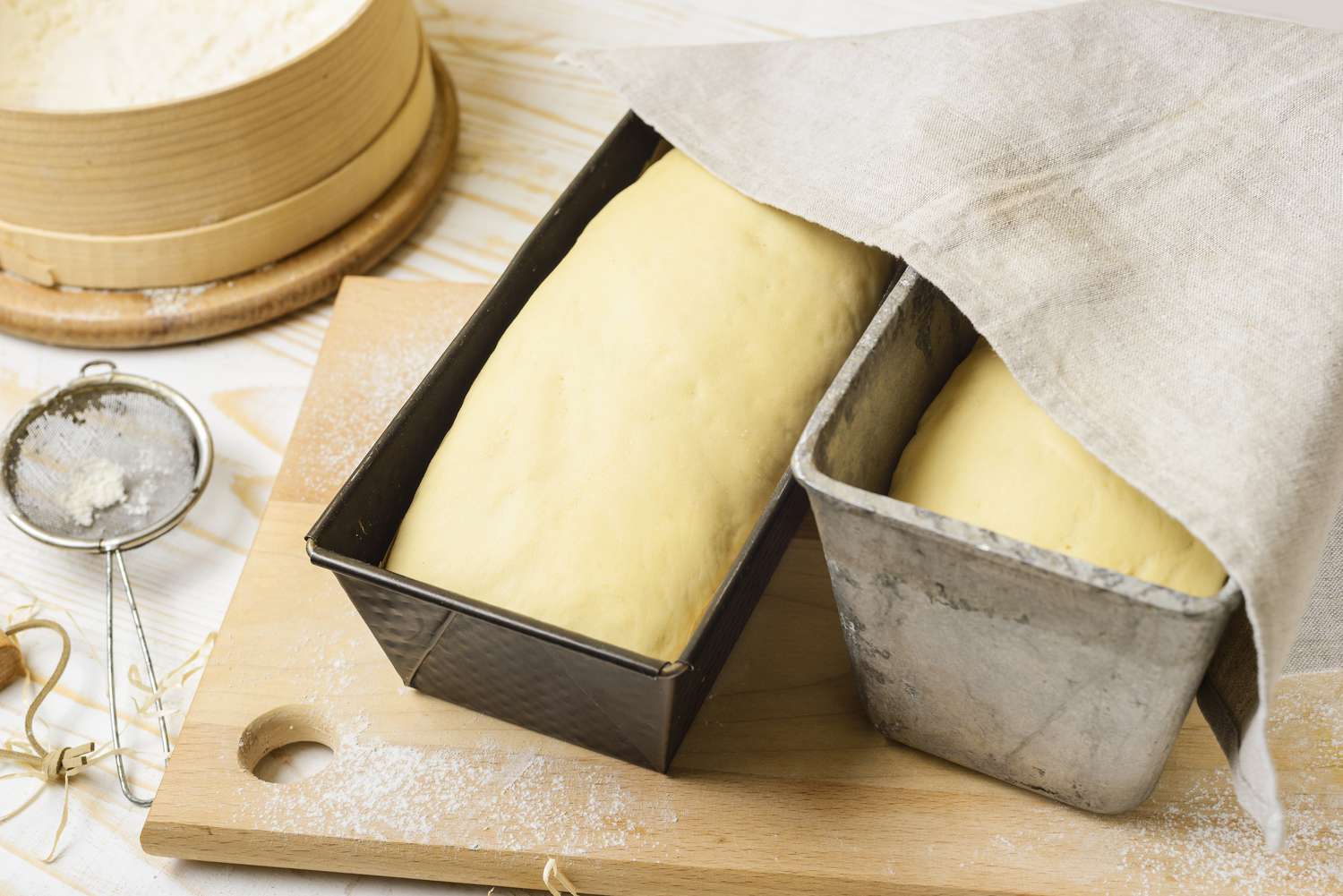
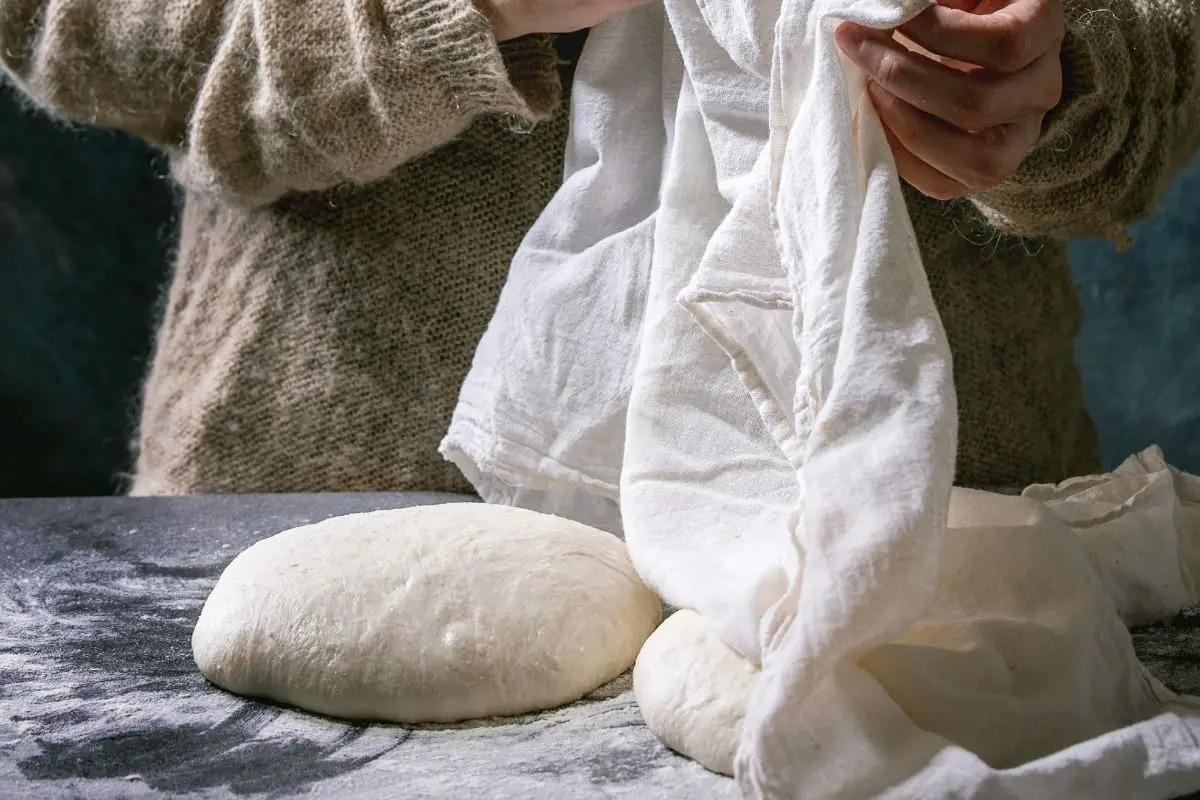
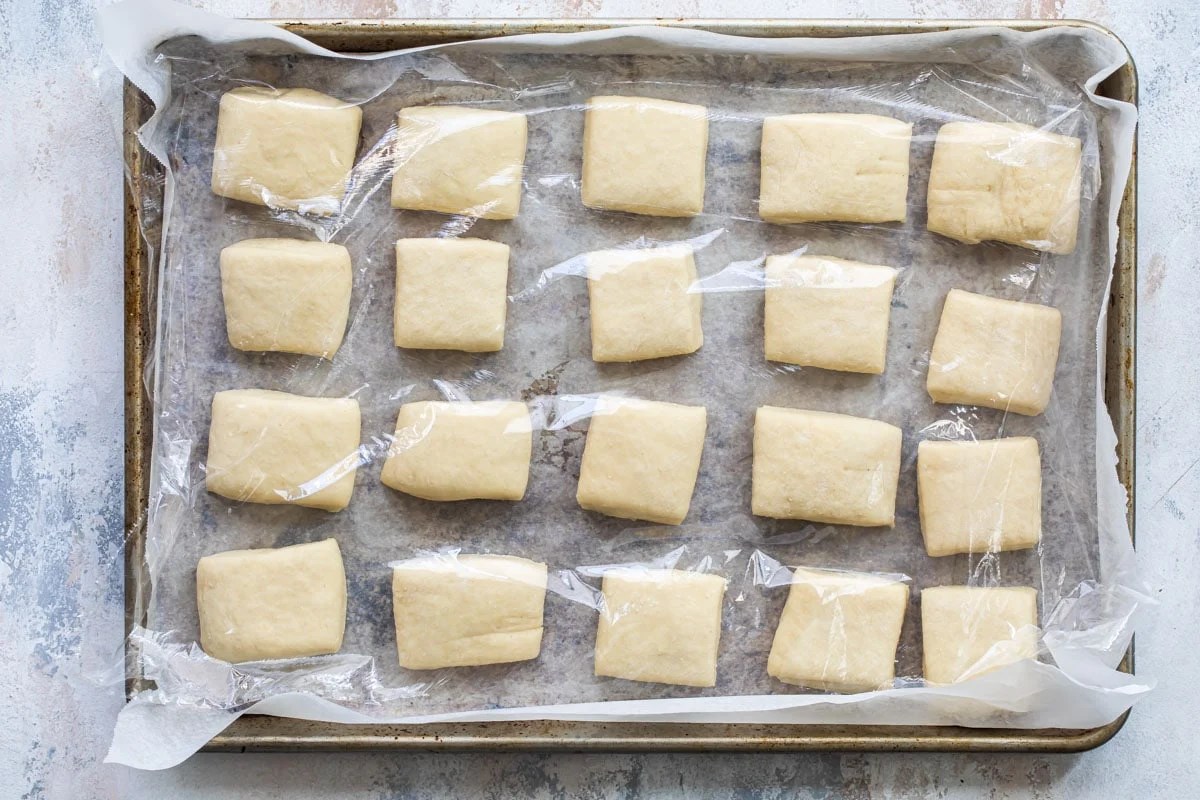
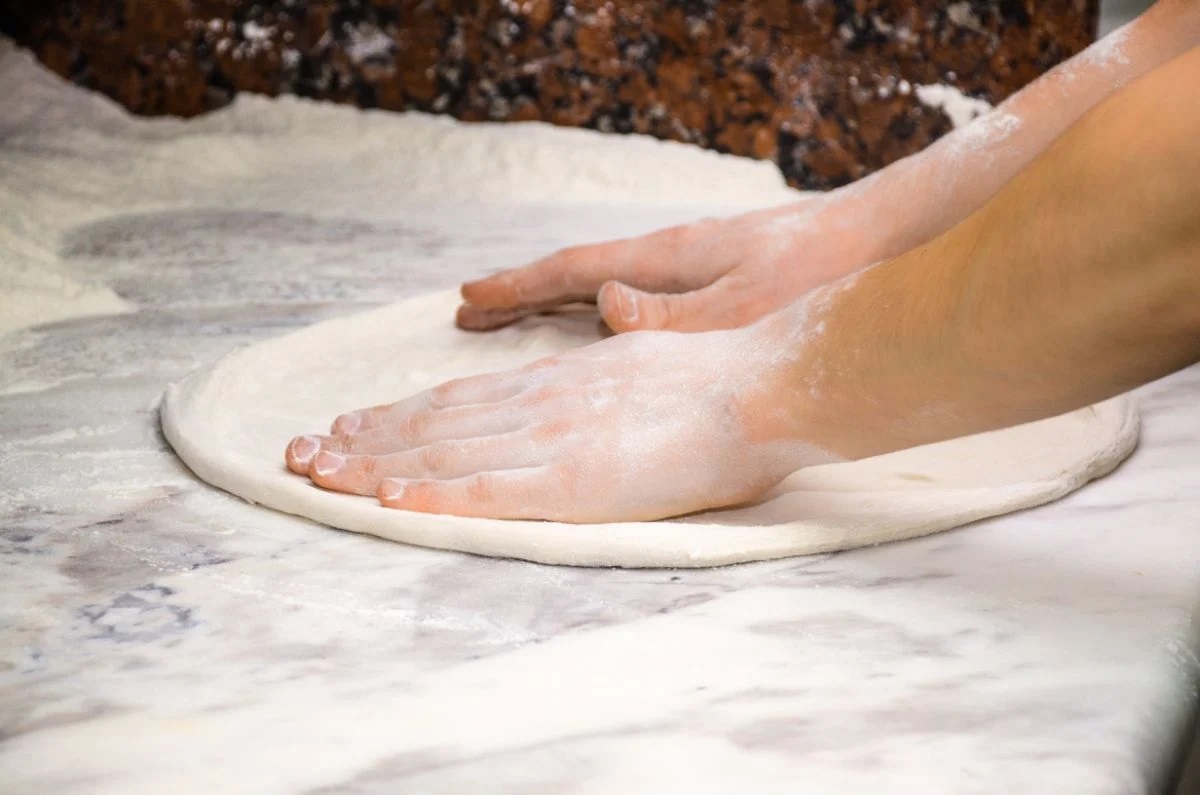



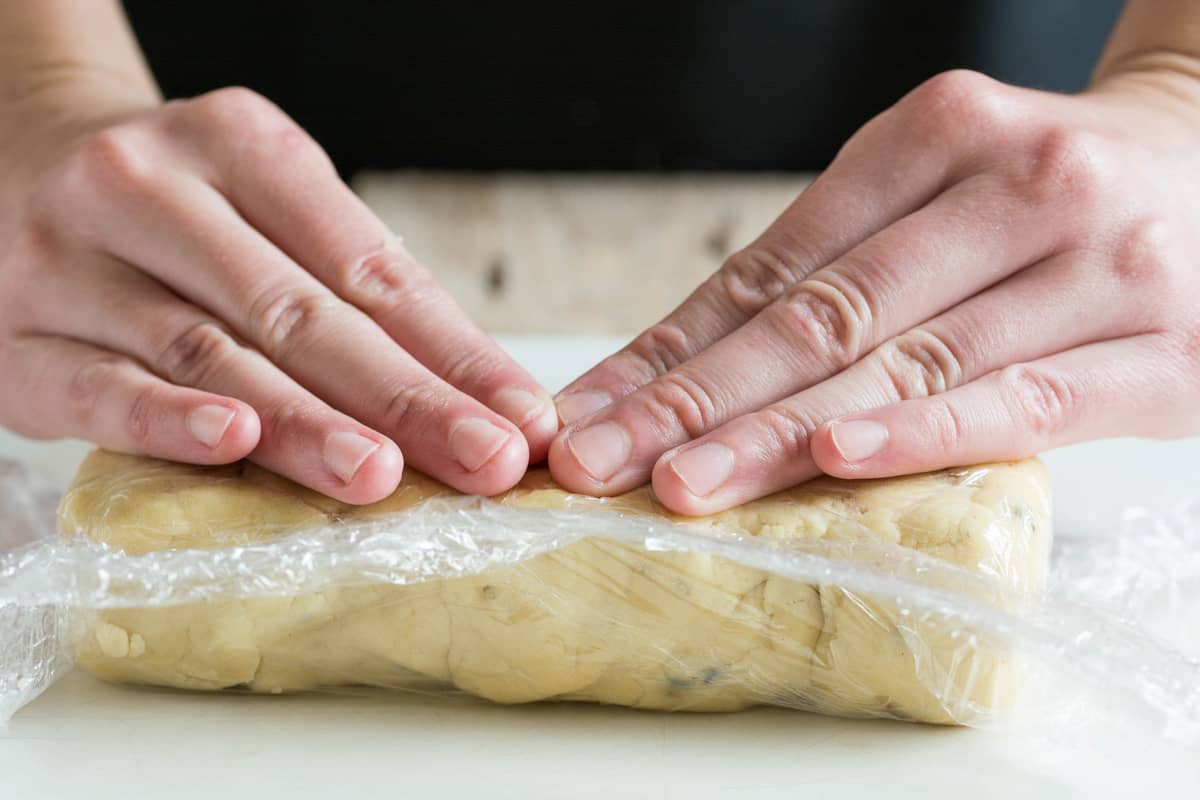
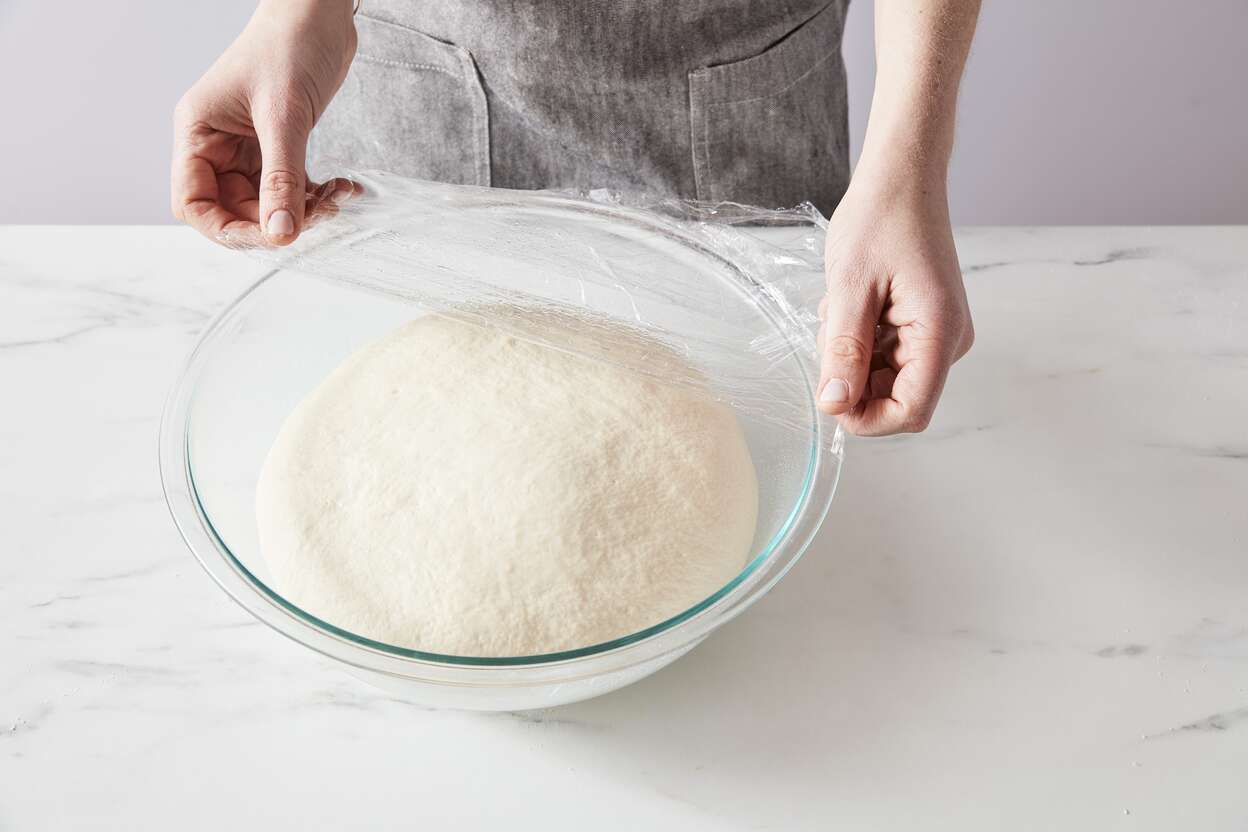

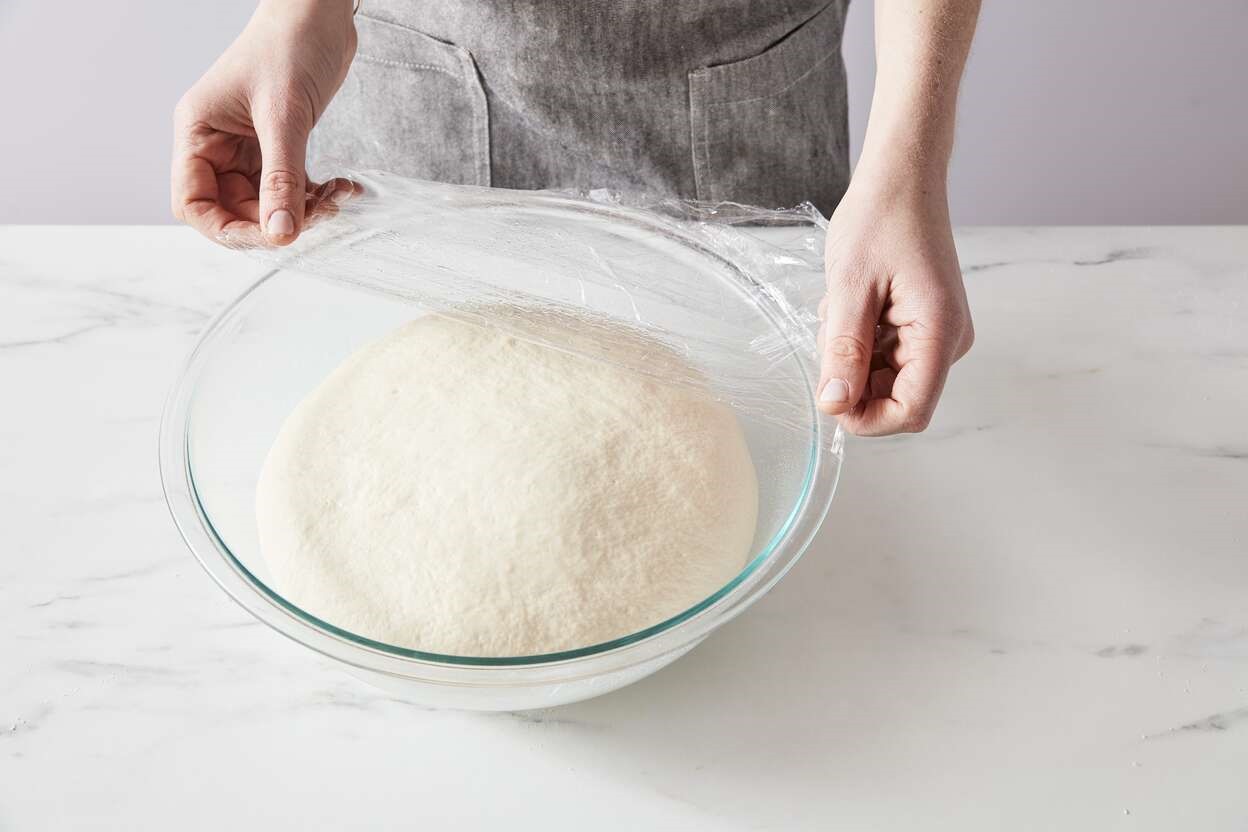
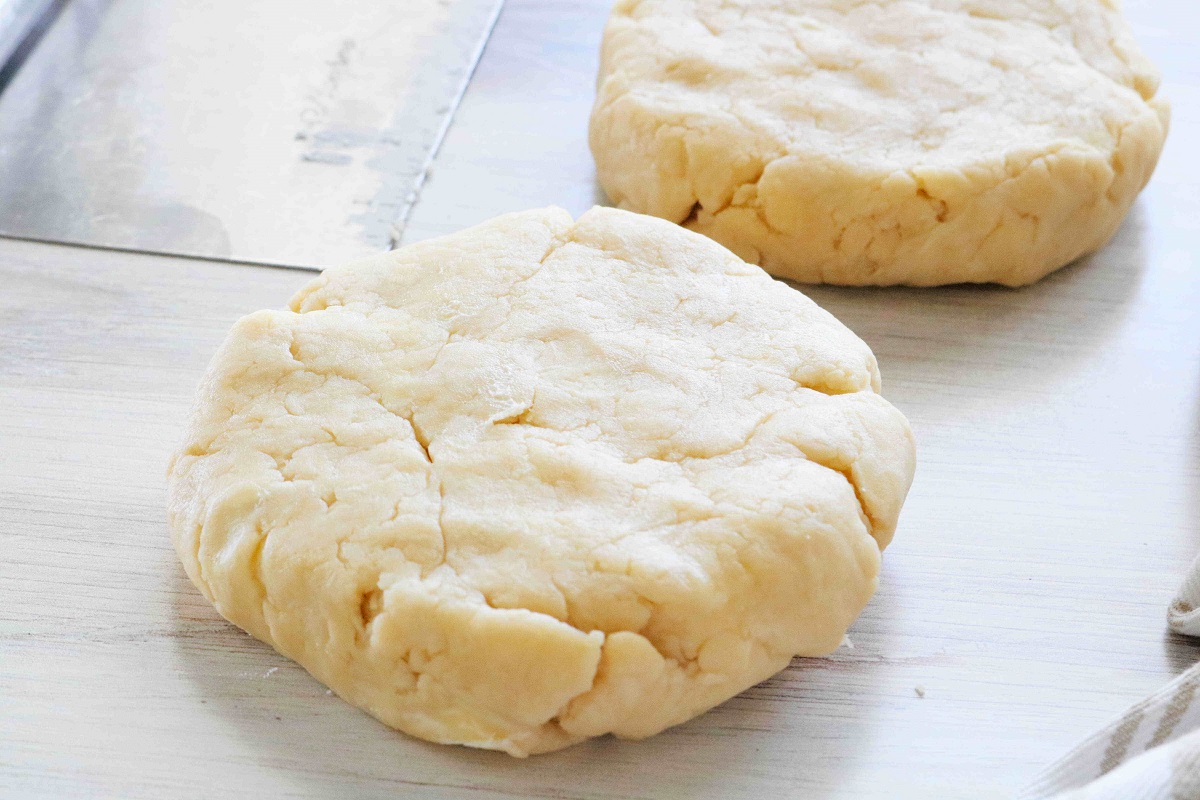
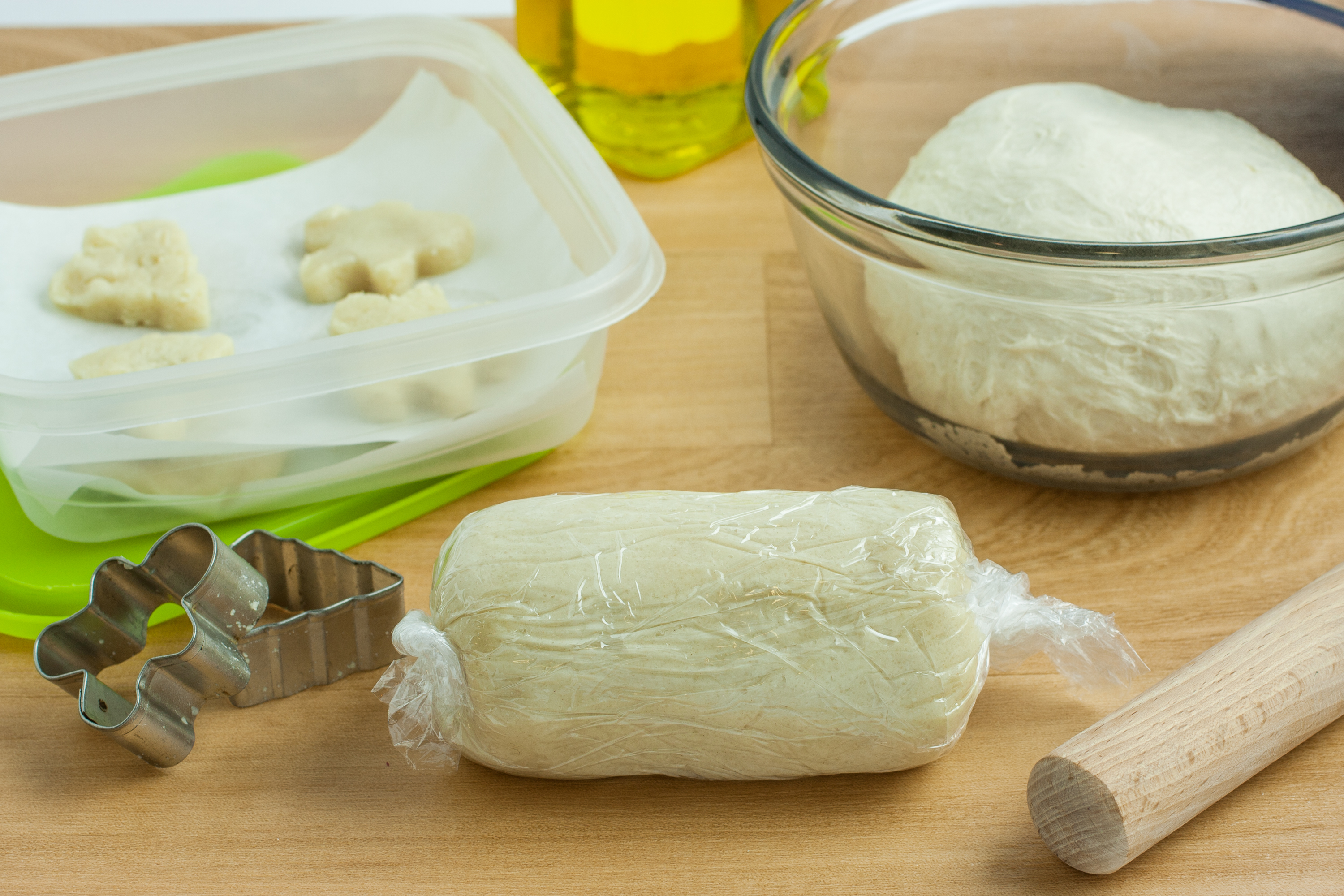
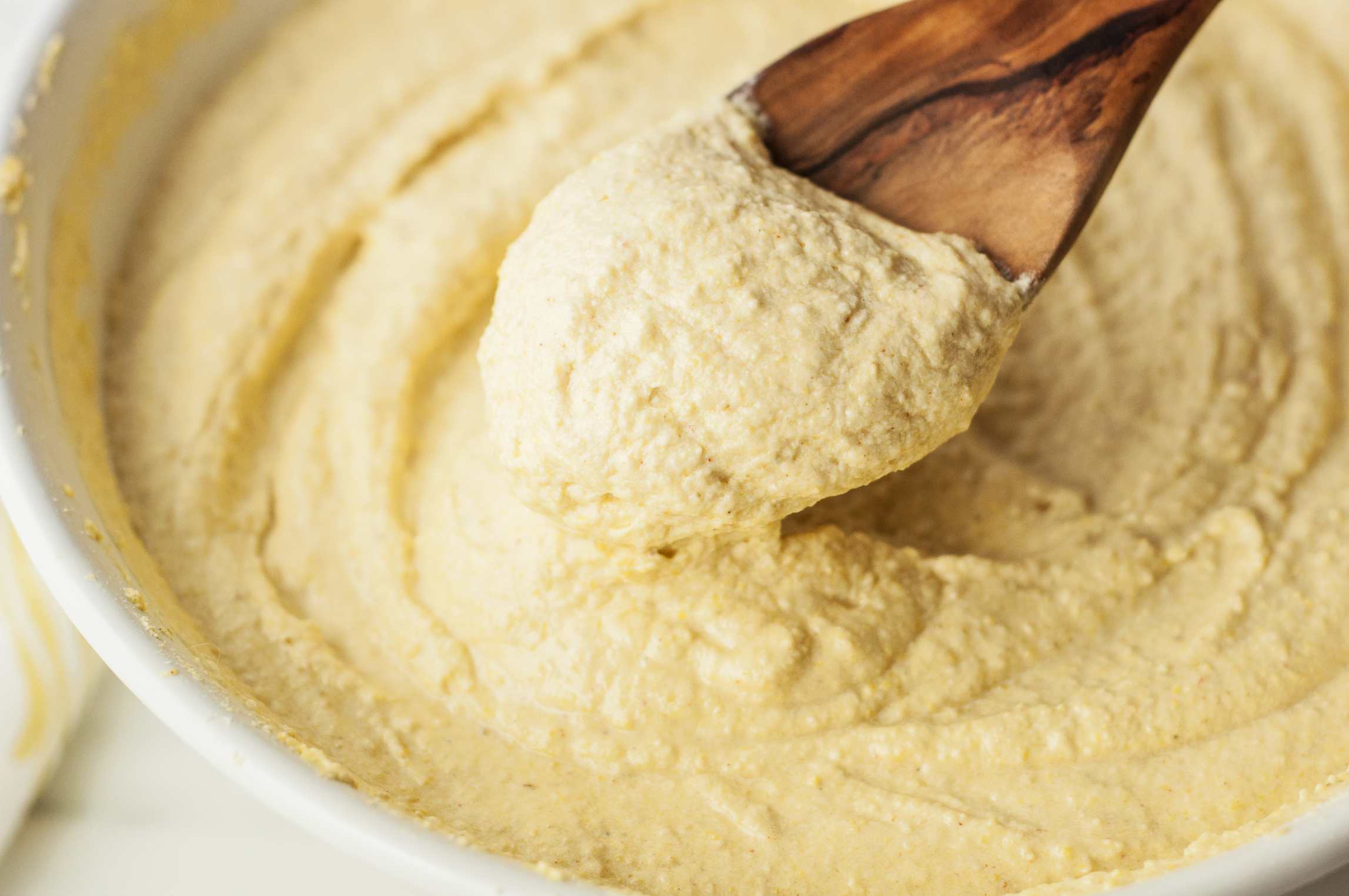

0 thoughts on “How To Store Dough”